In a world increasingly attuned to the importance of sustainable living, making eco-friendly choices in home decor is more than just a trend—it’s a commitment to a healthier planet. Whether you’re just beginning your journey into the world of interior design or you’re a seasoned decorator looking to refine your space, incorporating sustainable furniture can transform your home into an environmentally conscious haven. This article will guide you through six easy, eco-friendly furniture choices that don’t just meet your aesthetic needs but also align with your values.
Diving into eco-friendly furniture doesn’t mean sacrificing style or comfort; rather, it opens up a realm of innovative materials and designs that are as beautiful as they are sustainable. You’ll discover how to make thoughtful decisions that contribute to a reduced carbon footprint while enhancing the ambiance of your home. From reclaimed wood pieces to furniture crafted from recycled materials, these choices will not only elevate your decor but also inspire a deeper connection to the environment.
As you explore these options, you’ll find practical tips and insights that make the transition to eco-friendly living simple and rewarding. Each choice we discuss is selected for its ease of integration into any home, ensuring that sustainability is accessible to everyone. By the end of this article, you’ll be equipped with the knowledge to make impactful design decisions that reflect both personal style and a commitment to the planet.
Opting for Reclaimed Wood Furnishings
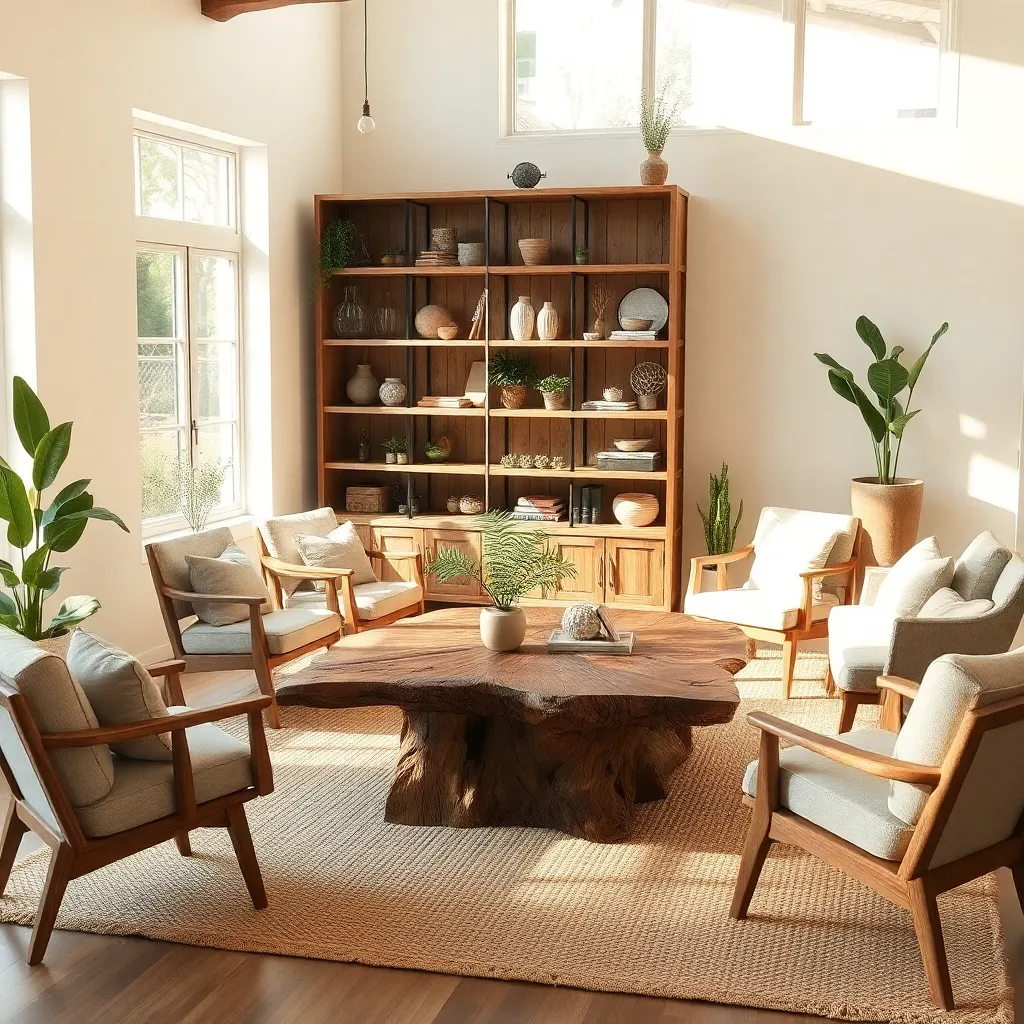
Incorporating reclaimed wood furnishings into your home is a fantastic way to add character and sustainability to your interior design. These pieces not only offer a unique, weathered appearance but also contribute to eco-friendly initiatives by reusing materials that would otherwise go to waste.
Begin by selecting furniture that features reclaimed wood such as a dining table, coffee table, or shelving unit. Look for pieces that combine reclaimed wood with other materials, such as metal or glass, to create a balanced and contemporary look.
Placement is key when working with reclaimed wood furnishings to ensure they become focal points in your space. Positioning a reclaimed wood dining table in a room with ample natural light will highlight the texture and grain of the wood, adding warmth and depth to your dining area.
Choosing a color palette that complements the rich tones of reclaimed wood can enhance the overall aesthetic. Opt for neutral wall colors like soft whites or grays, which allow the natural hues of the wood to stand out beautifully, while adding pops of color through textiles or artwork.
For a more advanced touch, consider mixing reclaimed wood furniture with modern elements for an eclectic yet cohesive design. Incorporate sleek lighting fixtures or minimalist decor to create a harmonious blend of old and new, making your space feel both timeless and fresh.
Choosing Bamboo for Sustainability
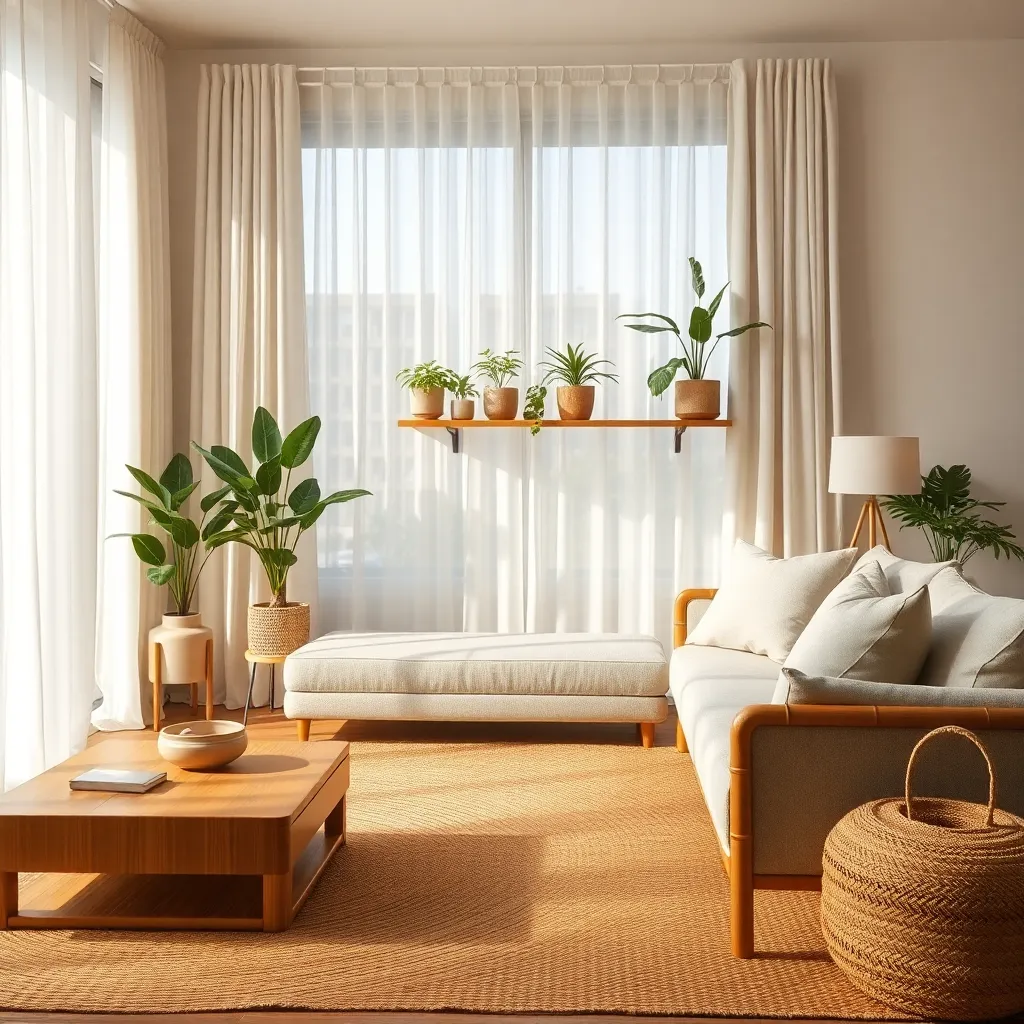
Choosing bamboo furniture is an excellent way to enhance your space sustainably and stylishly. Bamboo is not only a rapidly renewable resource but also incredibly durable, making it an ideal choice for eco-conscious decorators.
Consider incorporating bamboo furniture in areas where durability is key, such as dining tables and flooring. Its natural tones complement a wide range of color schemes, from neutral palettes to more vibrant hues, offering versatility in design.
For beginners, starting with bamboo chairs or a coffee table can be an effortless way to introduce this material into your home. These pieces are often lightweight, making them easy to rearrange as you experiment with different room layouts.
Advanced decorators might explore custom bamboo shelving or cabinetry, which can provide a unique and functional focal point in any room. Pairing bamboo with other natural materials like linen or jute can enhance its organic appeal, creating a serene, cohesive aesthetic.
Exploring Recycled Metal Options
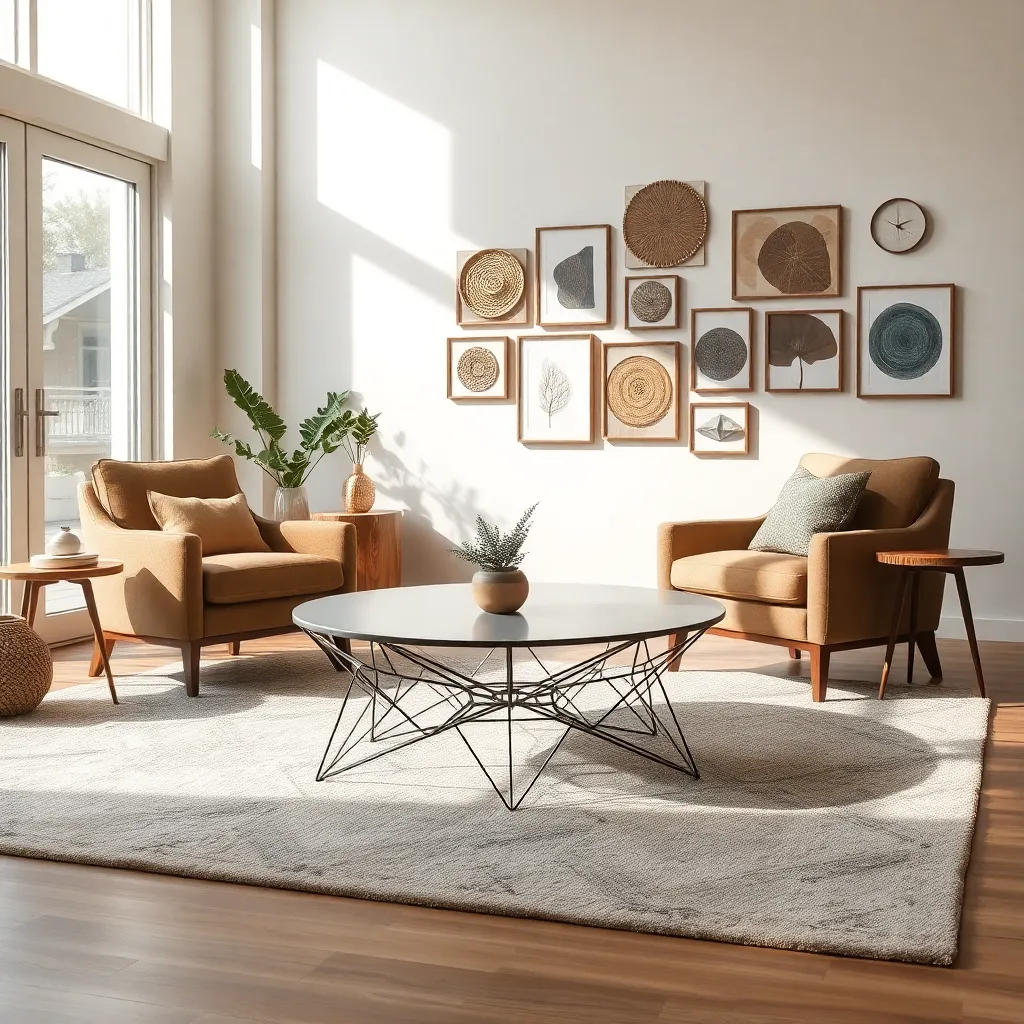
Recycled metal furniture offers a unique blend of durability and style, making it an excellent choice for eco-friendly home decor. Incorporate pieces like metal coffee tables or bed frames to add a modern, industrial touch to any room.
Opt for furniture crafted from recycled aluminum or steel, which are not only sustainable but also incredibly versatile. These metals can be paired with other materials such as wood or glass to create a balanced look and feel in your space.
To add a pop of color and personalization, consider painted recycled metal pieces that can serve as focal points in your decor. For a cohesive design, choose colors that complement your existing palette—think neutral tones like gray or bold hues like teal.
Advanced decorators can experiment with mixing recycled metal elements with softer textures like cotton or wool for contrast. This approach adds depth and interest, making your home both stylish and environmentally conscious.
Incorporating Organic Upholstery Fabrics
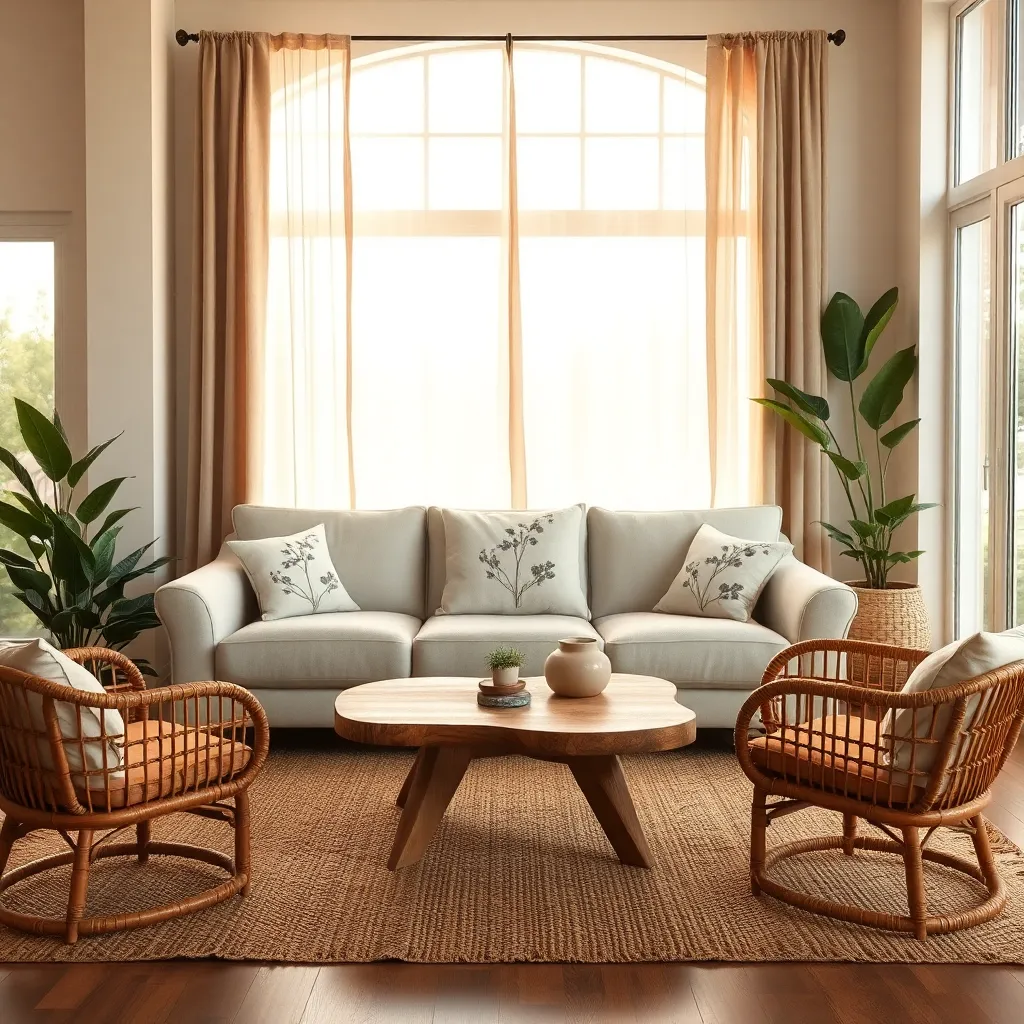
Integrating organic upholstery fabrics into your home can significantly elevate your eco-friendly decor. Consider materials like cotton, linen, and hemp, which are not only sustainable but also durable and versatile.
To start, choose a color palette that complements your existing furniture while adding a fresh, natural touch. Neutral tones such as beige, cream, and soft greens are excellent choices that pair well with most styles.
One practical tip is to use organic fabrics for cushions or slipcovers, which can easily be swapped out to refresh the look of your room. For a more advanced approach, reupholster larger furniture pieces like sofas or chairs to make a bold eco-friendly statement.
Placement is key when working with organic fabrics; positioning your furniture near natural light sources can highlight the texture and color of the material. Additionally, mixing fabrics with different weaves or patterns can create visual interest and depth in your space.
Selecting Low-VOC Finishes
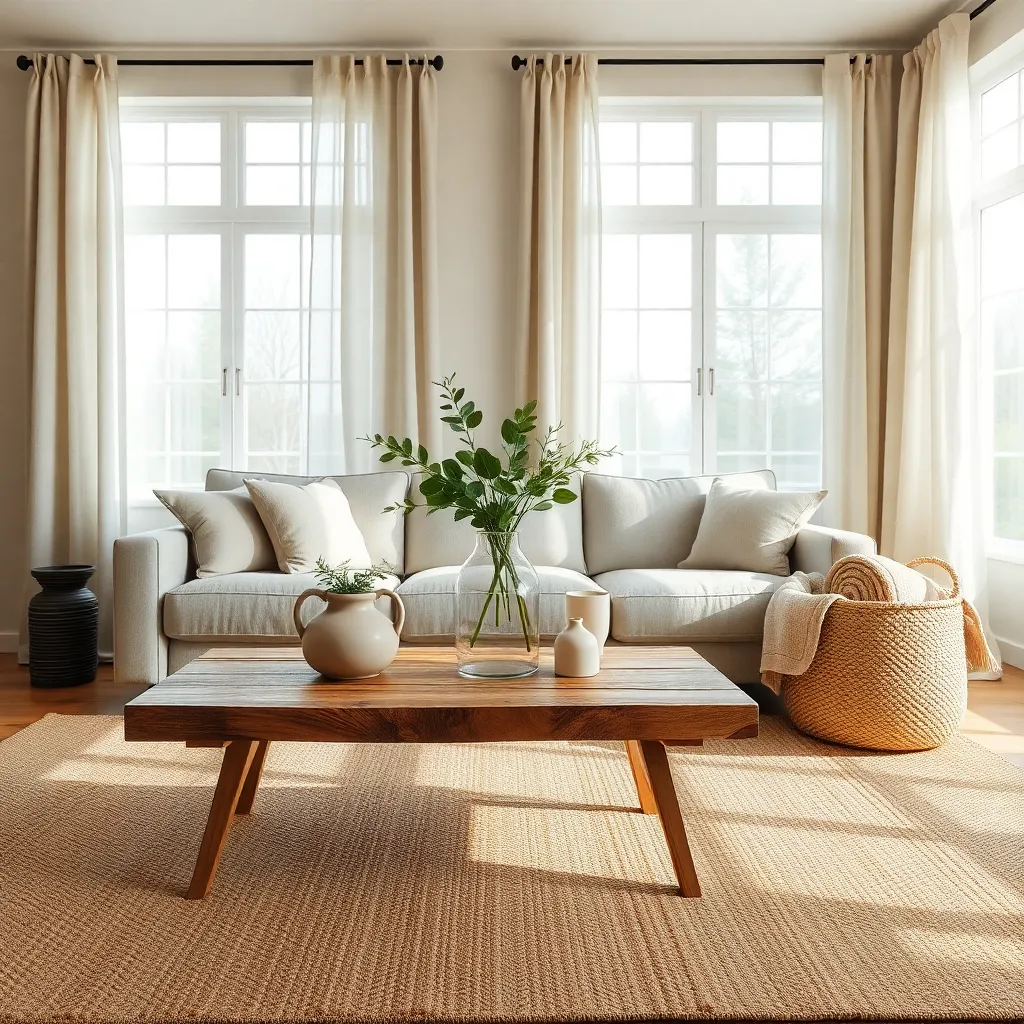
When selecting low-VOC finishes, consider the impact of these products on both your health and the environment. Low-VOC (volatile organic compounds) finishes are designed to release fewer pollutants into the air, making them an excellent choice for eco-friendly home decor.
Start by choosing paints and stains labeled as low-VOC or zero-VOC. These products are not only healthier options, but they also often offer the same range of colors and finishes as traditional products. Water-based finishes are particularly effective, as they tend to contain fewer harmful chemicals.
For a more sustainable approach, explore natural finishes like tung oil or beeswax, which are derived from renewable resources. These options can enhance the grain and texture of wood furniture while providing a durable finish. Apply them using a soft cloth to ensure even coverage and a smooth finish.
Incorporating low-VOC finishes extends beyond just paint and stains; consider them for sealants and adhesives as well. These can significantly reduce indoor air pollution and are often available in eco-friendly stores. Look for certifications from organizations like GreenGuard, which ensure the product meets strict emissions standards.
To maximize the benefits of low-VOC finishes, ensure proper ventilation during application. Open windows or use fans to allow any lingering fumes to dissipate quickly. This simple step not only protects your health but also helps the finish cure properly, resulting in a more beautiful and lasting effect.
Investing in Timeless Vintage Pieces
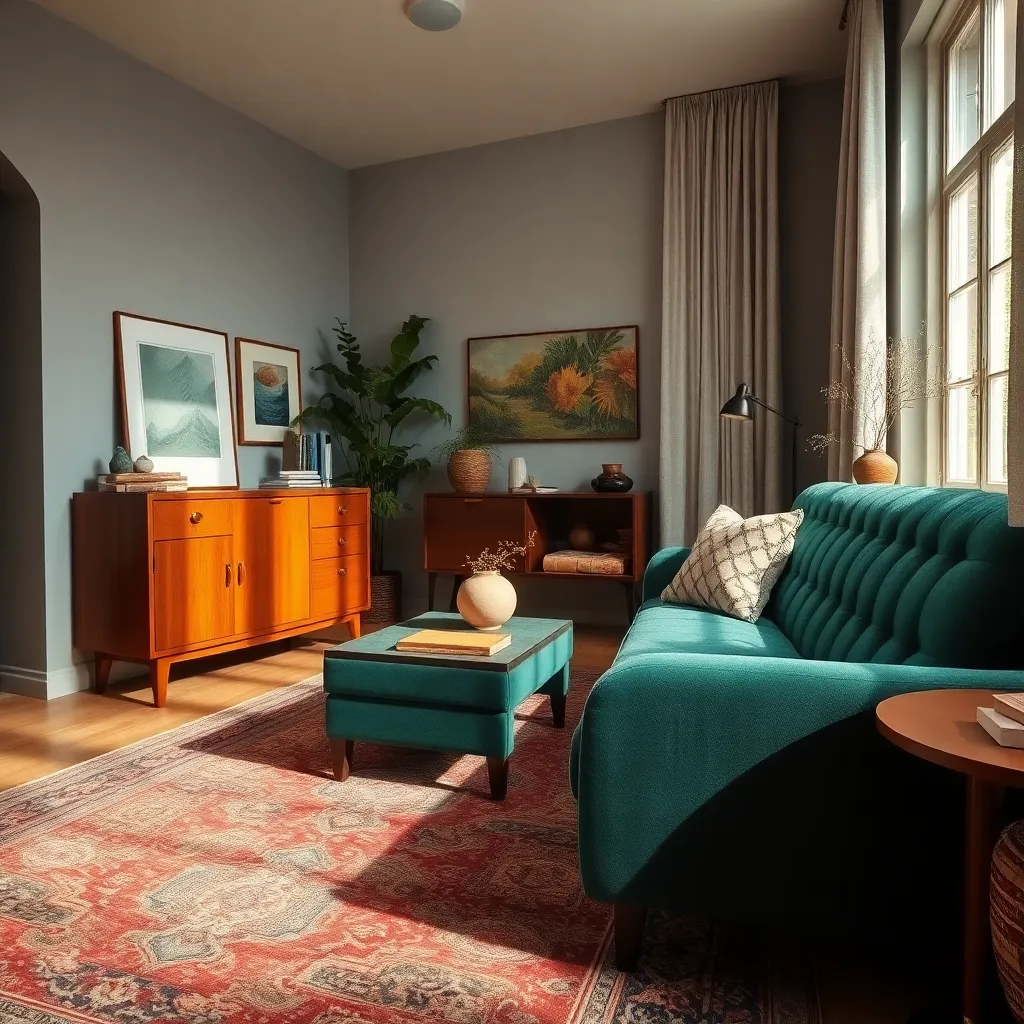
Incorporating vintage furniture into your home can not only add character but also contributes to a more sustainable lifestyle. Begin by focusing on timeless pieces such as a classic mid-century modern chair or a rustic farmhouse table, which can easily adapt to changing trends.
Consider the materials when selecting vintage items as well; durable woods like teak and oak are excellent options for longevity. Look for pieces with well-preserved finishes or those that can be easily restored to maintain their integrity over time.
Placement is key for vintage finds—use them to create a focal point in a room. A vintage sideboard can anchor a living room, while a retro lamp can add a touch of warmth and nostalgia to a reading nook.
For beginners, start small by adding vintage accessories such as mirrors or picture frames that complement your existing decor. Advanced decorators might explore layering textures with vintage textiles or rugs, providing a rich backdrop to modern furnishings.
Conclusion: Growing Success with These Plants
In choosing eco-friendly furniture, you’ve not only nurtured your relationship with the planet but also enriched the bond with your loved ones. We explored six key concepts: the beauty of reclaimed wood, the durability of bamboo, the innovation in recycled metal pieces, the sustainability of organic textiles, the charm of second-hand treasures, and the simplicity of multifunctional furniture. Each choice reflects a commitment to a healthier home and a healthier world, making your living space a testament to shared values and mutual respect.
As an actionable next step, consider incorporating one eco-friendly piece into your home this month. Whether it’s a small bamboo accent or a second-hand find, let it serve as a conversation starter about your joint commitment to sustainability.
Bookmark this article now to revisit these ideas whenever you’re ready to enhance your living space further. Let this be your guide to making informed, eco-conscious choices that strengthen your relationship with both your partner and the earth.
Looking ahead, remember that every sustainable choice you make together builds a foundation for success, turning your home into a haven of love and responsibility. Together, you can create a legacy of care and connection, one eco-friendly choice at a time.
